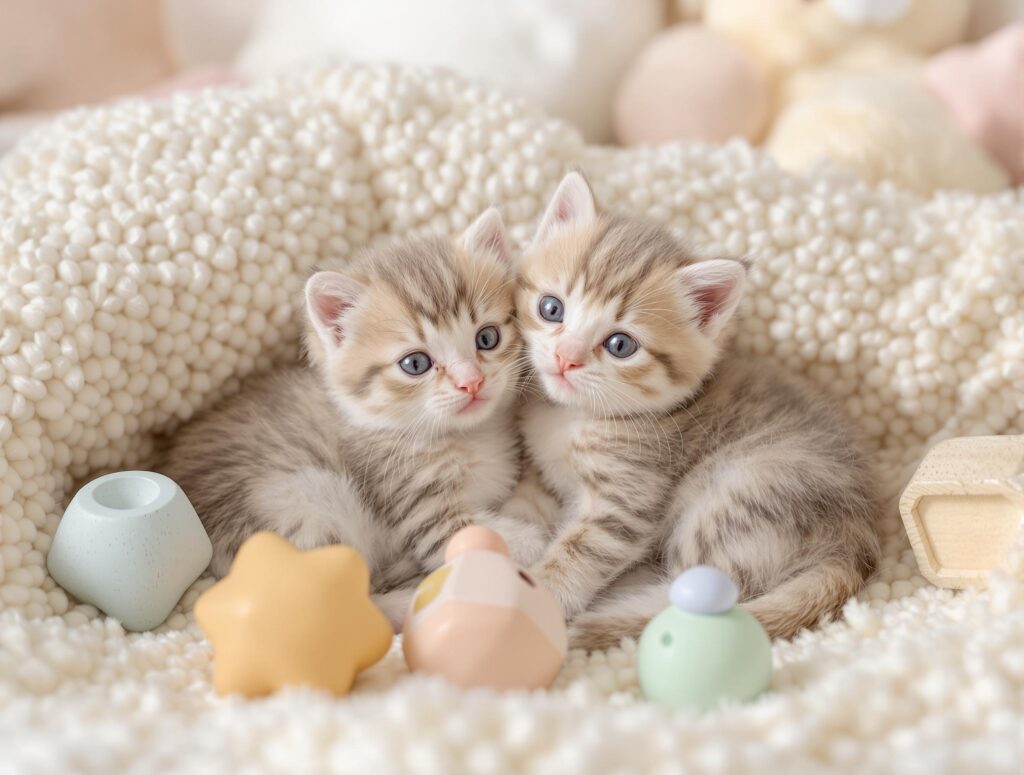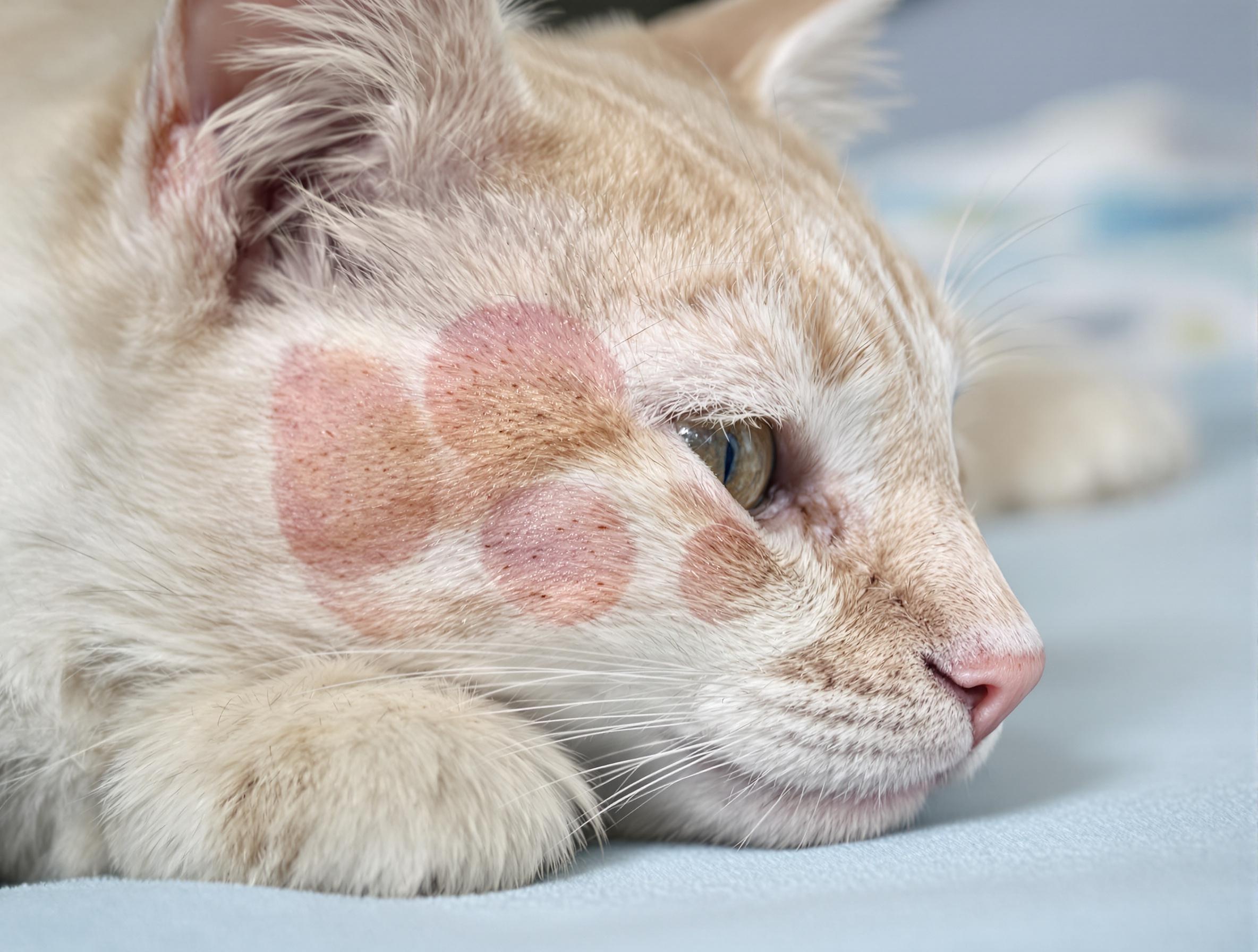
Key Takeaways
- Cats form deep emotional bonds resembling human friendships, greatly enriching their lives together.
- Separation from a bonded companion can severely impact a cat’s emotional and physical health, causing distress and depression.
- Providing consistent routines, emotional support, and enriched environments can help separated cats adjust better to the change.
Understanding Bonded Cats and Their Relationships
Cats build strong emotional links that feel a lot like our own friendships. Two bonded cats aren’t just roommates—they’re best buddies who make each other’s days brighter. Think of them as a duo who’ve got each other’s backs, whether they’re napping in a shared sunbeam or batting around a crinkle ball together.
You can see their closeness in little habits they share:
- Grooming each other – They lick faces and tackle those awkward spots, showing trust and care in a way only cats understand.
- Snuggling up – They pile together, maybe with paws touching, snoozing away like they’re guarding each other’s dreams.
- Sharing the day – They eat from bowls side by side, play tag with a feather toy, or patrol the house as a unit.
- Chilling calmly – They split window perches or food dishes without a hiss, proving how much they get along.
These ties often start when they’re kittens, growing stronger with every nap or adventure in a steady home. Split them up suddenly, and their safe little world shakes, messing with their mood and habits. Knowing this helps you get ready to support them through it.
Effects of Separating Bonded Cats
When bonded cats part ways, it hits hard—both emotionally and physically. Cats love their routines and familiar faces, so losing a buddy can flip their world upside down. Imagine a cat who’s always had a partner for midnight zoomies or quiet cuddles—without them, things just feel off.
Physical Signs of Separation Stress
- Eating less or losing weight
- Sleeping excessively or pacing at night
- Low energy or upset stomach from stress
Emotional and Behavioral Changes
- Louder crying or searching behavior
- Hiding or avoiding social contact
- Acting clingy, spraying, or showing aggression
Older cats or very close pairs might struggle longer. If they’re really down—say, not eating or hiding for days—talk to your vet. Early care helps them bounce back.
For quality cat stress relief products or calming aids, explore the Cat Stress & Anxiety Relief category on 1800PetMeds.

How to Help Cats Cope After Separation
Helping your cat settle after a split takes time, but small, steady steps can make a difference. Cats lean on predictability, so keeping their world steady while adding enrichment helps them recover.
- Stick to a schedule: Feed them at the same time daily and keep playtime consistent.
- Encourage play: Use wand toys, puzzle feeders, or treat balls to distract and engage them.
- Create a comfort zone: Add cozy blankets, a perch for bird-watching, or a box for hiding.
- Use calming products: Pet-safe diffusers or sprays can ease stress.
- Provide companionship: If they’re social, slowly introduce a new cat when ready.
You can find enrichment tools and comfort items in Cat Toys and Cat Beds at 1800PetMeds to help create a safe and comforting environment.
Recognizing Signs of Distress in Separated Cats
Cats show stress in subtle ways. Keep an eye out for these behaviors:
How Can I Tell If My Cat Is Struggling With Separation?
Look for hiding, over-grooming, or changes in vocalization. Nighttime yowling or silence may signal distress.
What Eating Habits Should I Watch For?
If your cat avoids meals or ignores favorite foods, try warming wet food or topping it with treats. Track daily intake.
How Might My Cat’s Sleep and Energy Patterns Change?
Napping in unusual spots or nighttime pacing can point to anxiety.
What Are Positive Signs of Adjustment?
Eating, playing, and purring again show progress.
When Should I Consult a Veterinarian?
If your cat refuses food, hides for days, or seems unwell, contact your vet. They can recommend solutions or supplements.
Helping Your Cat Transition After Separation
When a cat loses their bonded friend, easing them into solo life takes patience. Younger cats may bounce back quickly, while older pairs need more care and comfort.
Keep routines stable, add extra affection, and create enriching spaces. If you notice ongoing sadness or loss of appetite, consult your vet for guidance. For helpful cat care products and advice, visit the Cat Health Center on 1800PetMeds.
With consistency, time, and love, your cat can rediscover calm and confidence—even after saying goodbye to their closest companion.





